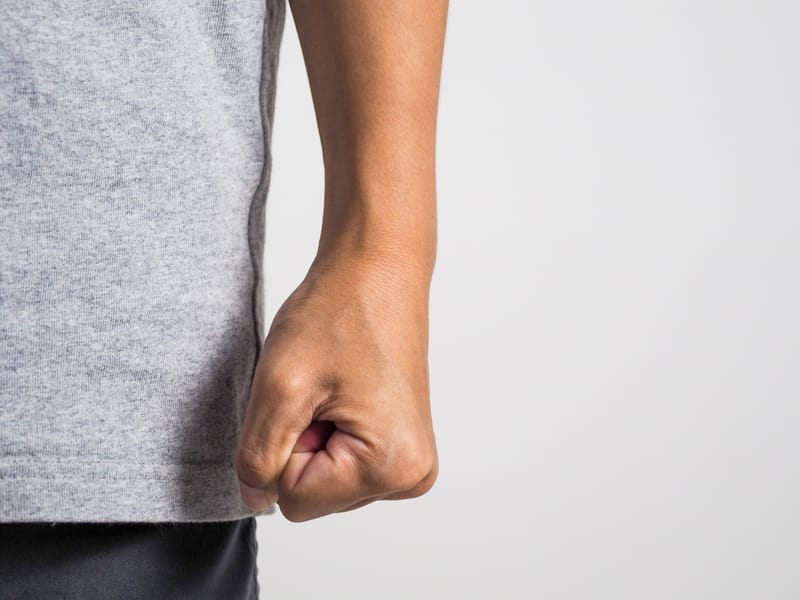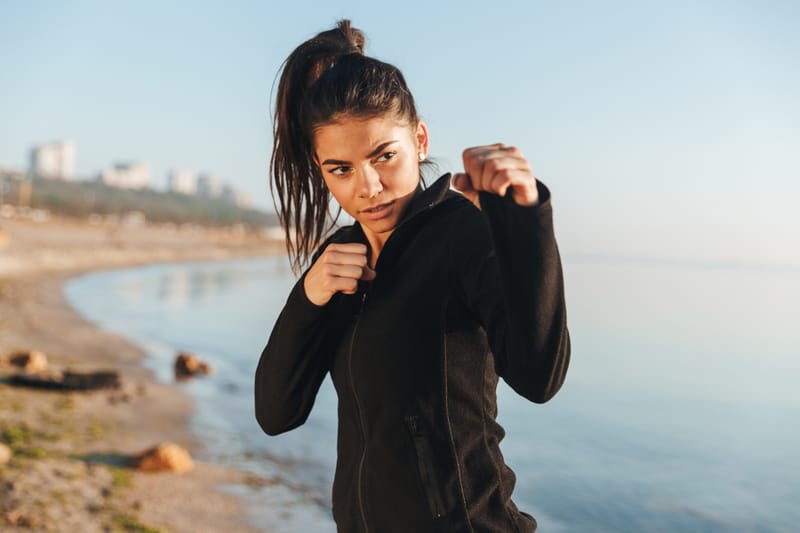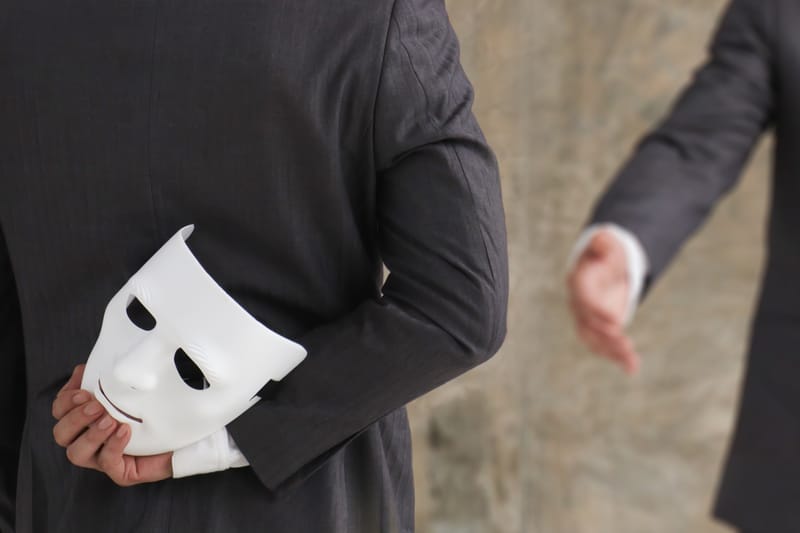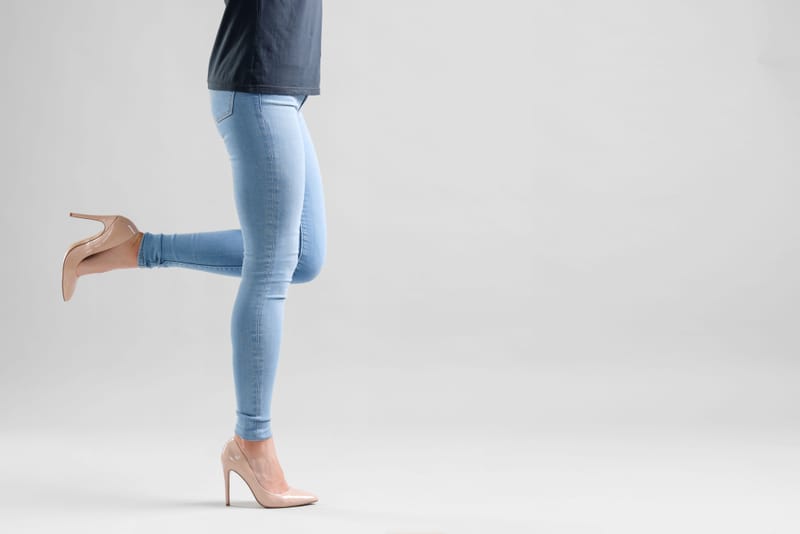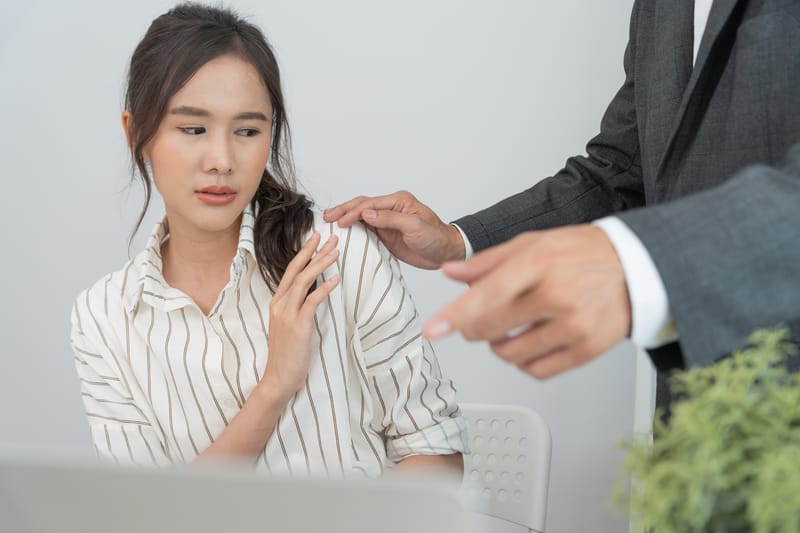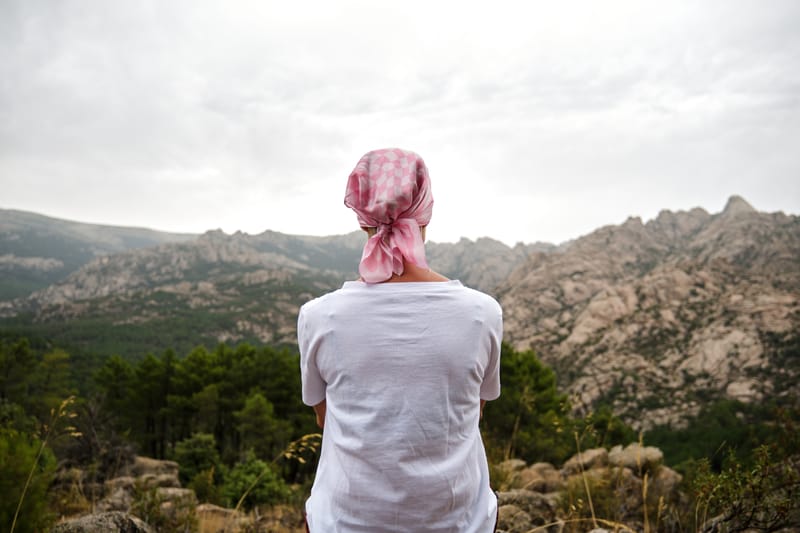corporate self-defense training
Why Free or Cheap Self Defense Classes Are Not Always the Safer Choice
Many free or very cheap self defense classes offer limited value because the content and instruction are often not based on real world criminal behaviour. Professional training costs more because it provides structured, tested and reliable skills that genuinely improve personal safety.
Violence Can Find You Even If You Hate It
Even if you hate violence and try to stay out of trouble, danger can still find you. Learning self defense is not about fighting, it is about protecting yourself, staying aware, and knowing what to do when life turns dangerous. In South Africa, where safety is not always guaranteed, having the right skills can make all the difference.
From the Boardroom to the Back Alley: How Corporate Stress Reduces Your Defensive Awareness
Always busy? Constantly juggling deadlines? You might be missing more than you think. Find out how everyday corporate stress affects your ability to stay alert and what you can do about it.
Everyone says “fight back” — but what if fighting back gets you hurt?
Real self defence is about smart choices, not blind bravery. Find out when fighting back can save your life… and when it can make things worse.
Use Your Furniture To Outsmart an Attacker
Your desk could save your life. Learn simple ways to use chairs, tables, and counters to block danger and get out safely.
When “Helpful” Hurts – The Hidden Risk Behind Friendly Strangers
Most people think danger comes from the shady guy lurking in the shadows. But the truth is, the most dangerous attackers hardly ever look like villains. They look safe. They look friendly. They could be the neighbour who always greets you, the repairman at your gate, or the stranger who offers to help carry your groceries. Predators know that trust is their best weapon, and that is exactly how they get close without raising suspicion.
When Your Outfit Becomes Your Weakness
That outfit could cost you your life. Tight jeans, high heels, long nails and heavy handbags might look good, but they can also stop you from running, fighting or breaking free when danger strikes.
How Headphones Turn Runners into Easy Targets
Your playlist could cost you your life. Jogging with music in your ears might feel motivating, but it also makes you the easiest target on the road. Attackers love distracted runners because the beat in your headphones hides the sound of their footsteps.
When Being Polite Becomes Dangerous
Politeness can be deadly. Too many people get into dangerous situations because they do not want to look rude or make someone else uncomfortable. Predators count on this. Your fear of being impolite could cost you your safety.
Think Before You Share: Social Media Can Put You in Danger
Think you are safe online? Think again. Every photo, every check-in, every status update you share could be a map for someone who wants to hurt you. Predators do their homework long before you ever meet them. What you post today could make you a target tomorrow.
Picking Yourself Up After an Attack
If you have been attacked and you managed to defend yourself, you already proved something important: you are stronger than you thought.
Living in a Bubble: How Security Estates Create Careless Residents and Easy Targets
In South Africa many people believe that moving into a residential estate, wildlife estate or lifestyle estate will keep them safe. They see the high walls, the electric fencing, the guards at the gate, cameras on poles and access control. It all looks very professional. The problem is that these things only create the feeling of safety. They do not make you truly safe.

